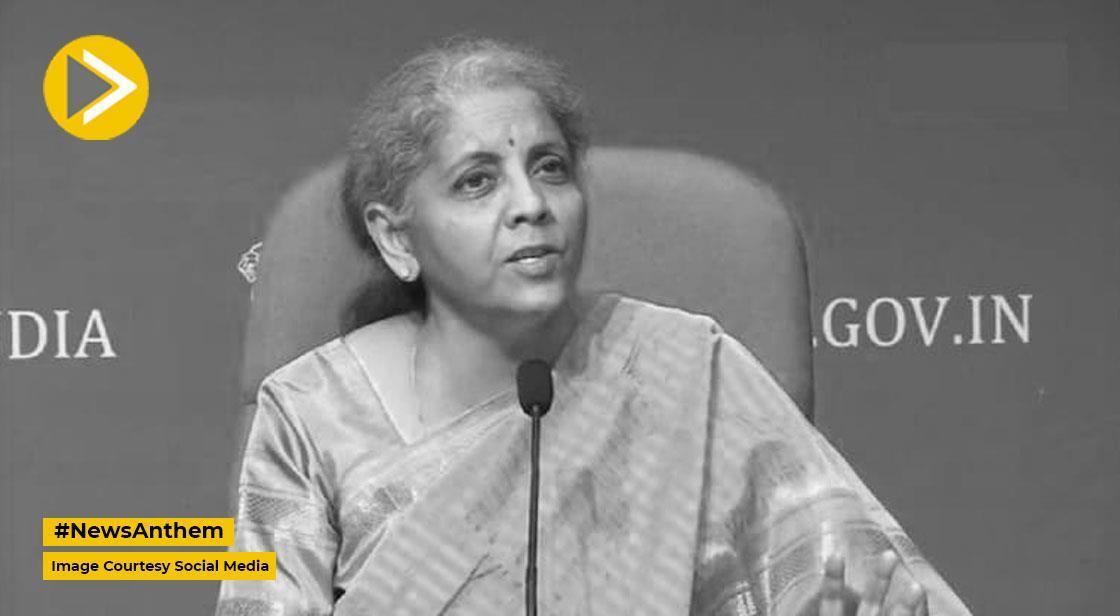GST 2.0 Report Card Presented by Nirmala Sitharaman as Diwali Gift

News Synopsis
Ahead of Diwali, Union Finance Minister Nirmala Sitharaman presented a comprehensive report card on GST 2.0, highlighting how the recent GST rate cuts benefited Indian consumers. The reforms, effective from September 22, have spurred a surge in vehicle and electronics sales while providing tangible tax relief on daily essentials.
GST Rate Cuts Benefit Consumers
Union Finance Minister Nirmala Sitharaman emphasized that the recent GST reforms directly benefited the common man. Speaking at a press conference alongside Union ministers Piyush Goyal and Ashwini Vaishnaw, she explained that reductions in tax rates on 54 daily-use items, consumer durables, and food products were successfully passed on to end consumers.
“The government monitored 54 daily use items. In every case, the tax benefit has been passed to the consumer. The Prime Minister's Diwali gift has been delivered,” said Sitharaman.
In some instances, businesses even passed on higher-than-expected GST reductions to customers, making products more affordable.
GST Overhaul Drives Record Sales
The government had overhauled the GST regime in September, cutting rates on essential goods, electronics like TVs and refrigerators, and vehicles. These reforms coincided with the start of Navratri, triggering immediate consumer response.
Sitharaman highlighted strong sales across sectors:
-
Three-wheeler dispatches rose 5.5% year-on-year.
-
Two-wheeler sales reached 21.6 lakh units.
-
Passenger vehicle dispatches totaled 3.72 lakh in September.
-
Hero Motors recorded its highest-ever monthly sales in September.
The Finance Minister also pointed out a surge in air conditioner and TV sales, with AC purchases doubling on the first day of GST reforms and TV sales increasing by 30-35%.
Electronics and Consumer Durables See Boom
Commerce Minister Piyush Goyal added that the consumer electronics sector experienced unprecedented growth during Navratri.
-
Maruti Suzuki sold 1.65 lakh cars in the first eight days.
-
Mahindra’s sales grew 60%, while Tata Motors sold over 50,000 vehicles.
-
Electronics sector broke all previous sales records, with increased demand across categories.
Goyal called the GST reform the most significant post-independence economic measure, reinforcing India’s strong economic growth amidst global volatility. He noted that the IMF revised India’s GDP growth forecast to 6.6% in light of the robust domestic performance.
IT and Manufacturing Impact
IT Minister Ashwini Vaishnaw highlighted the broader economic benefits of GST 2.0, especially in electronics and food sectors.
-
Electronics consumption is expected to generate an additional Rs 20 lakh crore this year.
-
Sales of electronic items have increased by 25% since the reforms.
-
GST cuts have also contributed to a decline in food prices, boosting affordability for consumers.
Vaishnaw emphasized that rising demand for electronics directly supports manufacturing growth, creating a ripple effect across related industries.
Conclusion
The GST 2.0 reforms have provided tangible benefits to Indian consumers, making essential items and electronics more affordable while stimulating vehicle sales. The report card presented by Sitharaman demonstrates that the government’s policy interventions are not only easing costs for consumers but also boosting the manufacturing sector and overall economic growth.
As Diwali approaches, these measures serve as both an economic stimulus and a symbolic gift for Indian households, reinforcing the government’s commitment to inclusive growth.
You May Like









